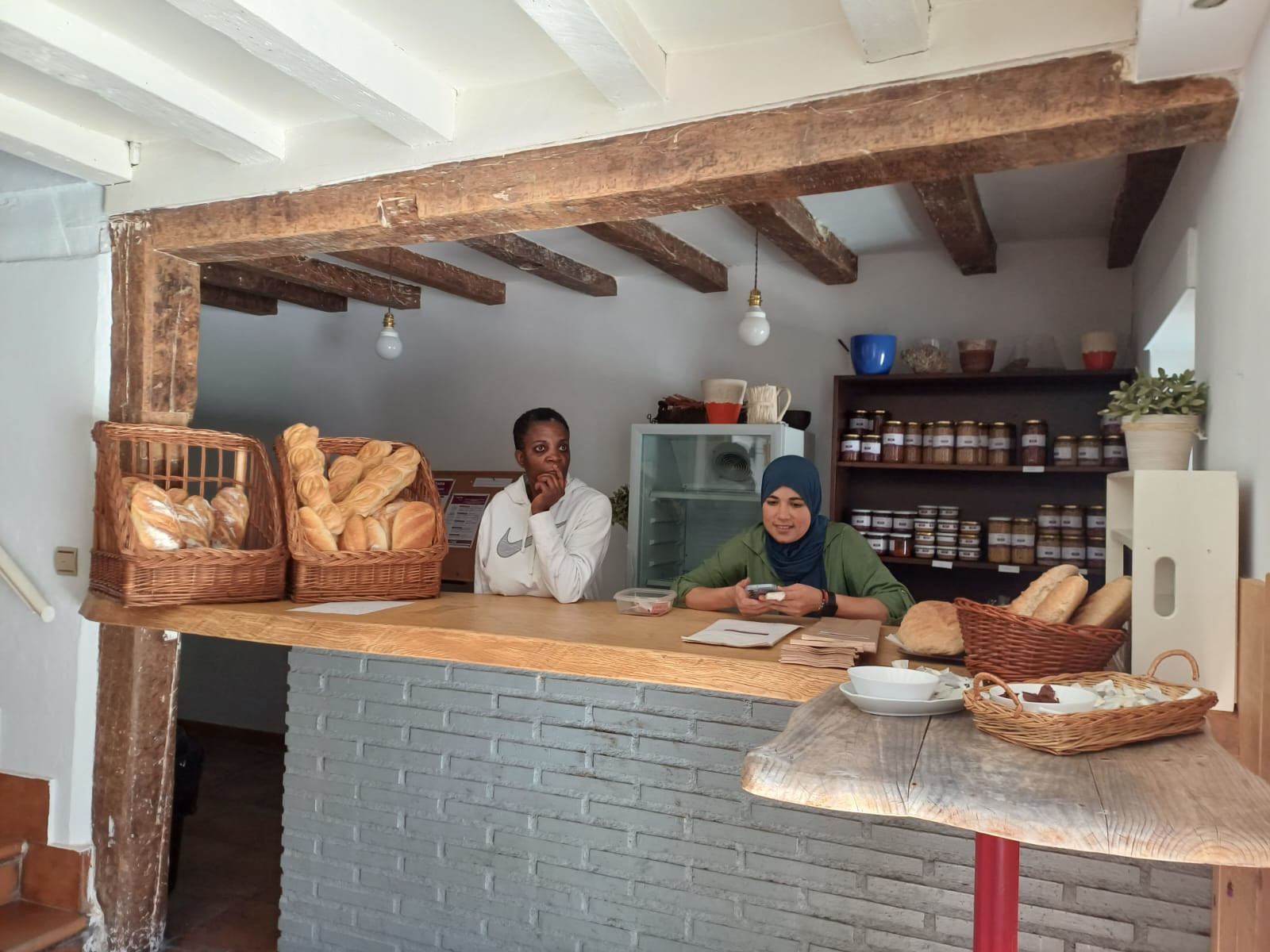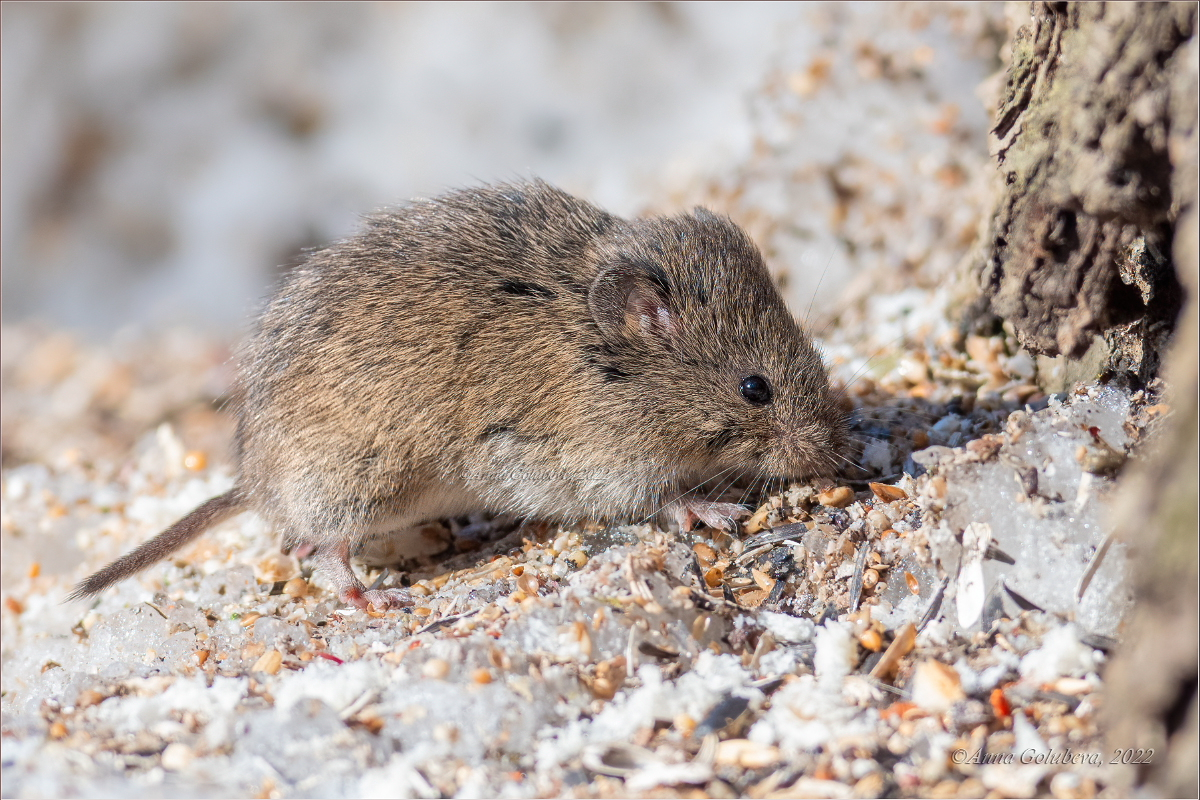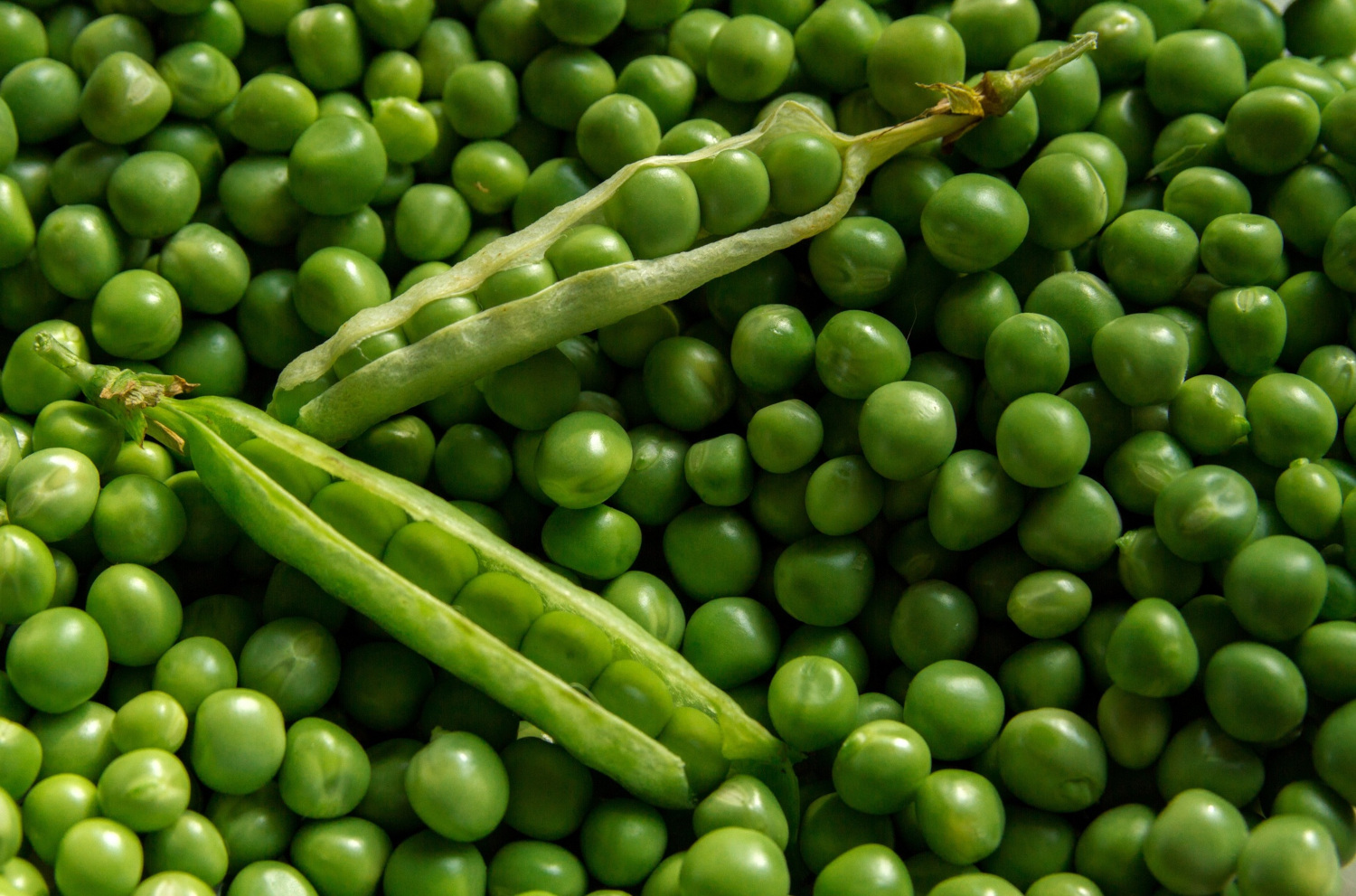Non-vegan plant arts
- You have to eat to live. Animals live by eating another animal or some plants, there is no other way. Plants create food on their own: they mix food into the water to the leaves, transform it with light and transform it and eat it. To do so, they organize a collaboration with fungi, bacteria, etc. It usually happens at the roots; the plant brings something to that friend and something else upon their return: what they usually give is something hard to get for the other. Both take advantage of the donation, it is beneficial for both. According to the botanist Jesús Izco Sevillano, 95% of plants could not live without this collaboration, especially without mycorrhizae, that is, without yielding with fungi. The fungus absorbs the minerals present in the soil (nitrogen, phosphorus...) and transfers them to the plant, which returns them with sugars produced by photosynthesis (fructose, sucrose, etc.). on the leaves.

There are also plants that understand collaboration in a different way. Some plants live at the expense of others, they're parasites. Between parasites and guests, different types of receptors are formed. They are divided into two main groups: those who absorb sweat to the host and live photosynthesis on their own (e.g. the mihura – Viscum album – in the branches of trees) and those who are not able to perform photosynthesis and live only from what they rob (in the Basque Country we have, for example, the Cuscuta spp, Cytinus hypoancistis).
There are also other ways to meet your diet needs, such as carnivorous plants. They are called carnivores, but above all, because they catch insects and arthropods, I find it more appropriate to say insectivorous plants. Dissolve and digest captured insects and absorb the basic nutrients.
In these plants there is a paradox that they need insects to pollinate and fertilize their flowers and that complement their diet with the feeding of insects. It has to attract the two, but it won't eat the pollinator. It attracts the pollinator to the flower and the food to the trap. They've developed real arts to differentiate them. Sometimes the flowers will open before preparing the traps. Other times they have isolated flowers and traps, such as traps on the surface of the earth and flowers in the air at the end of a long stem. There are also those who want to seduce them and create in the flower and in the trap different specific substances to persuade them; they can look like colors, smells or gifts: pollen, nectar, oil... Each plant lineage has adapted to its own way for insect consumption. I hear more and more often that this is the future of our species ...








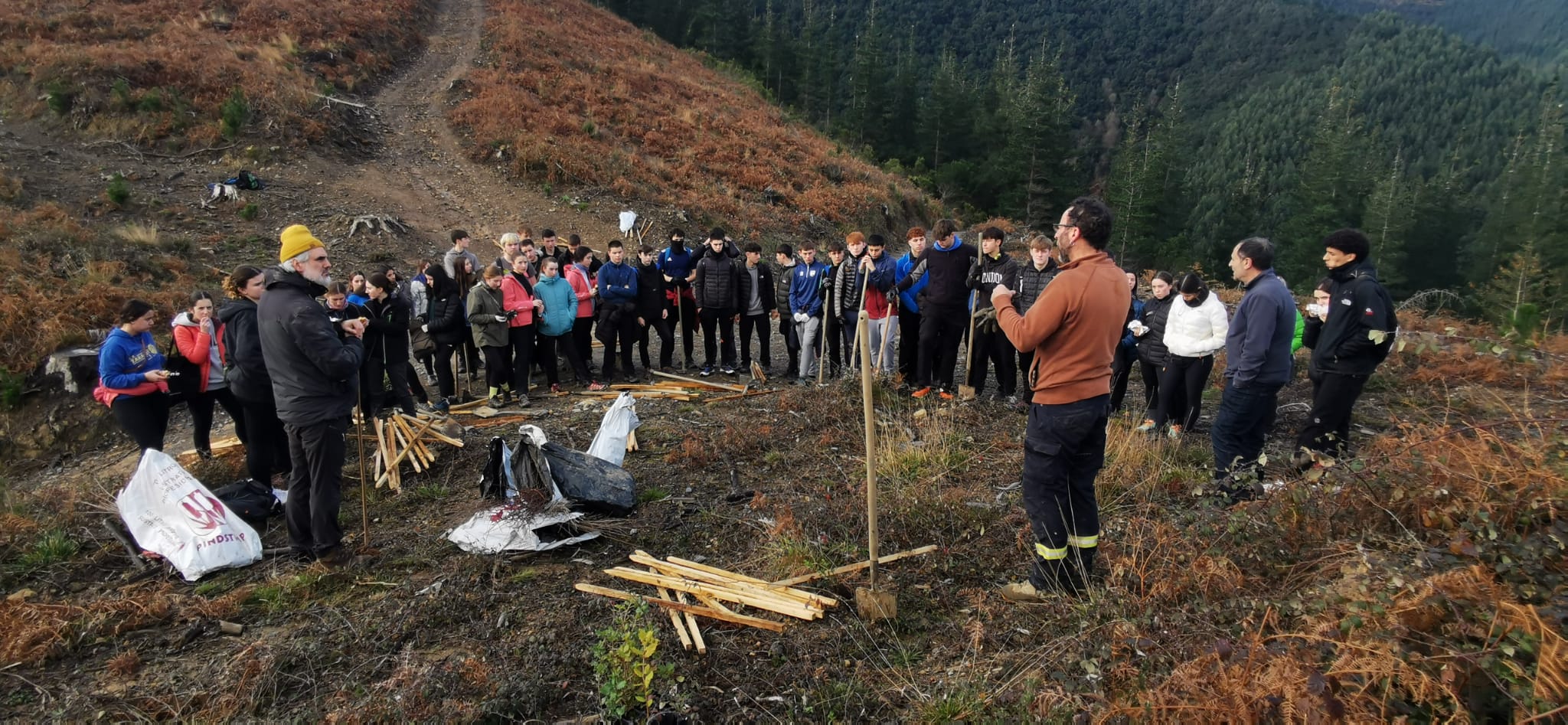
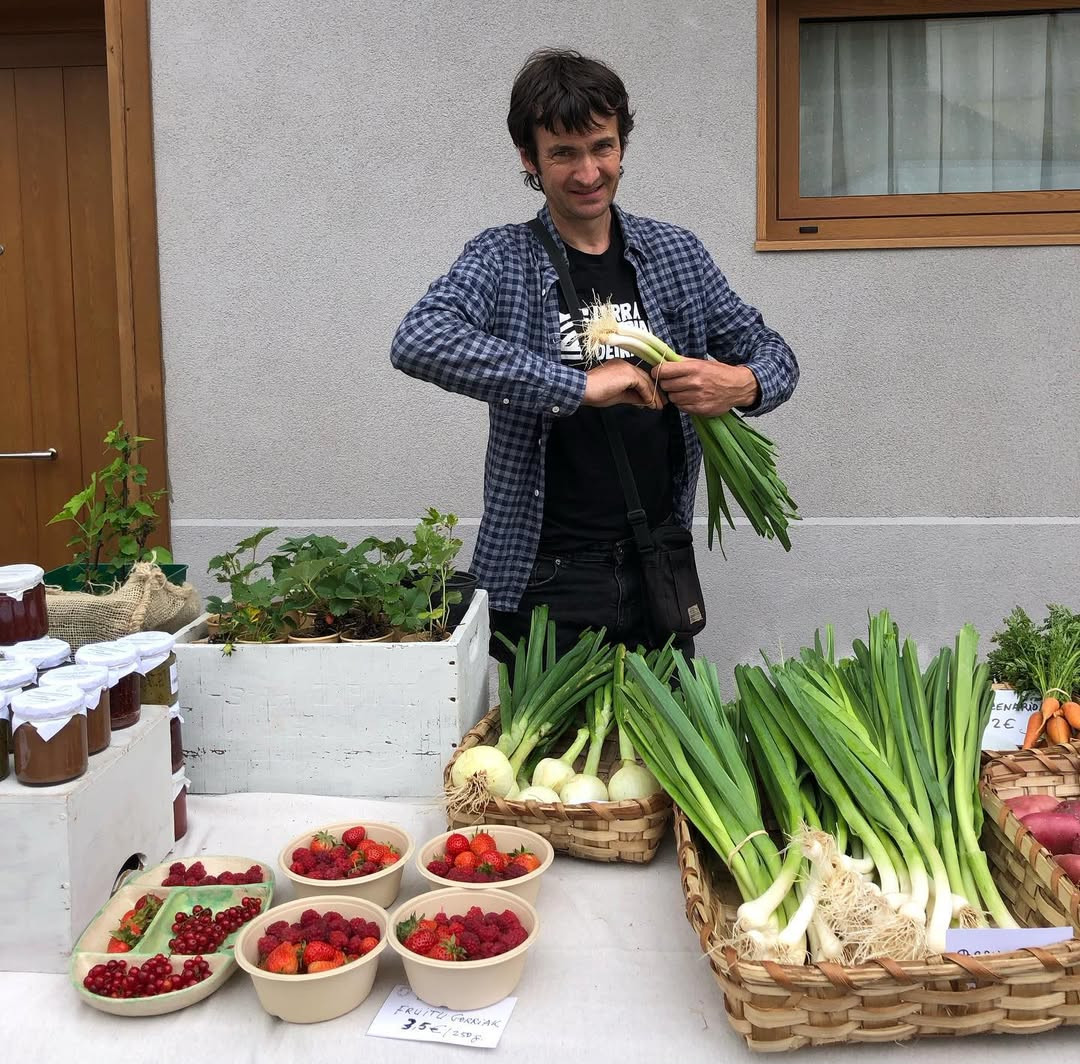

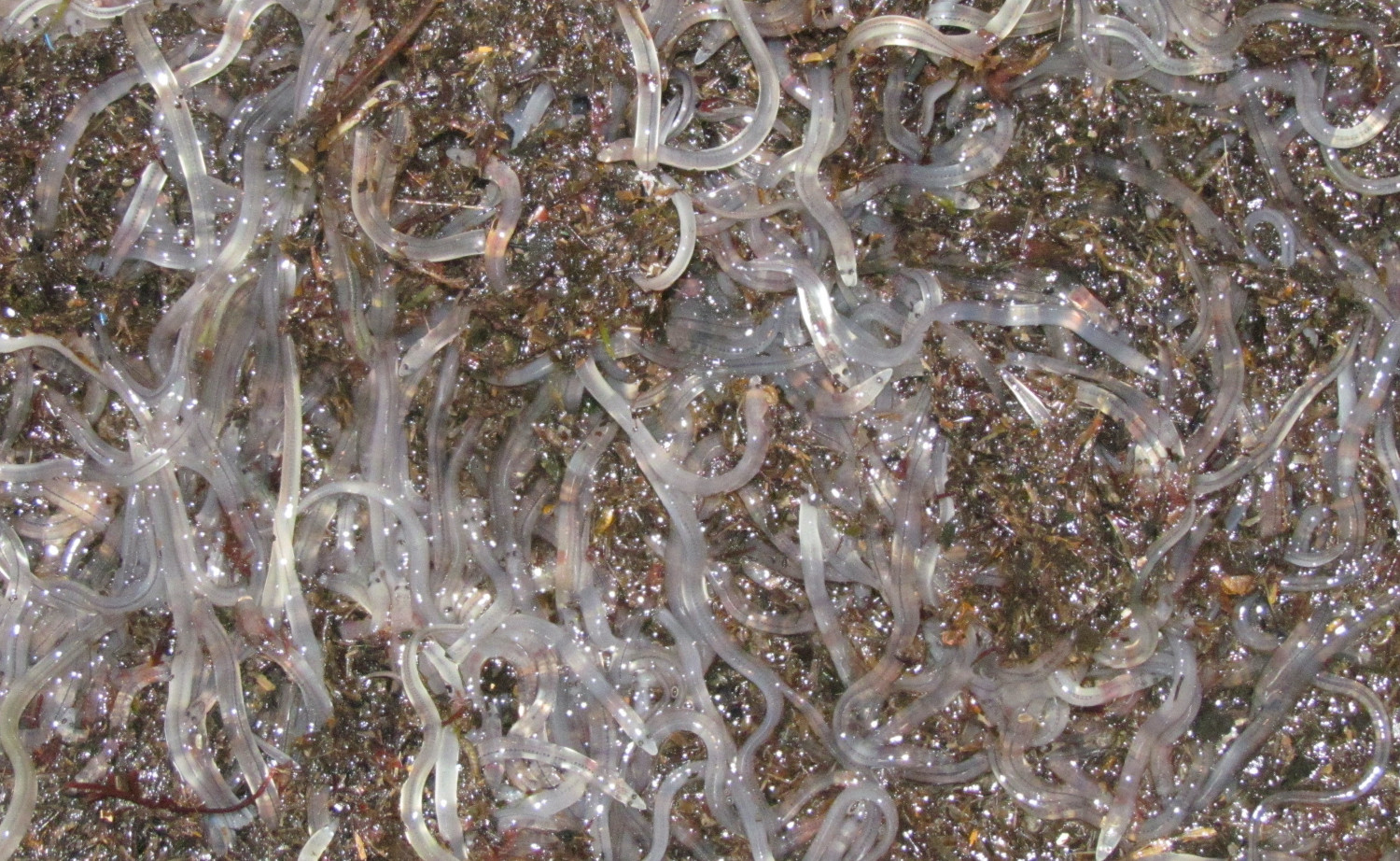
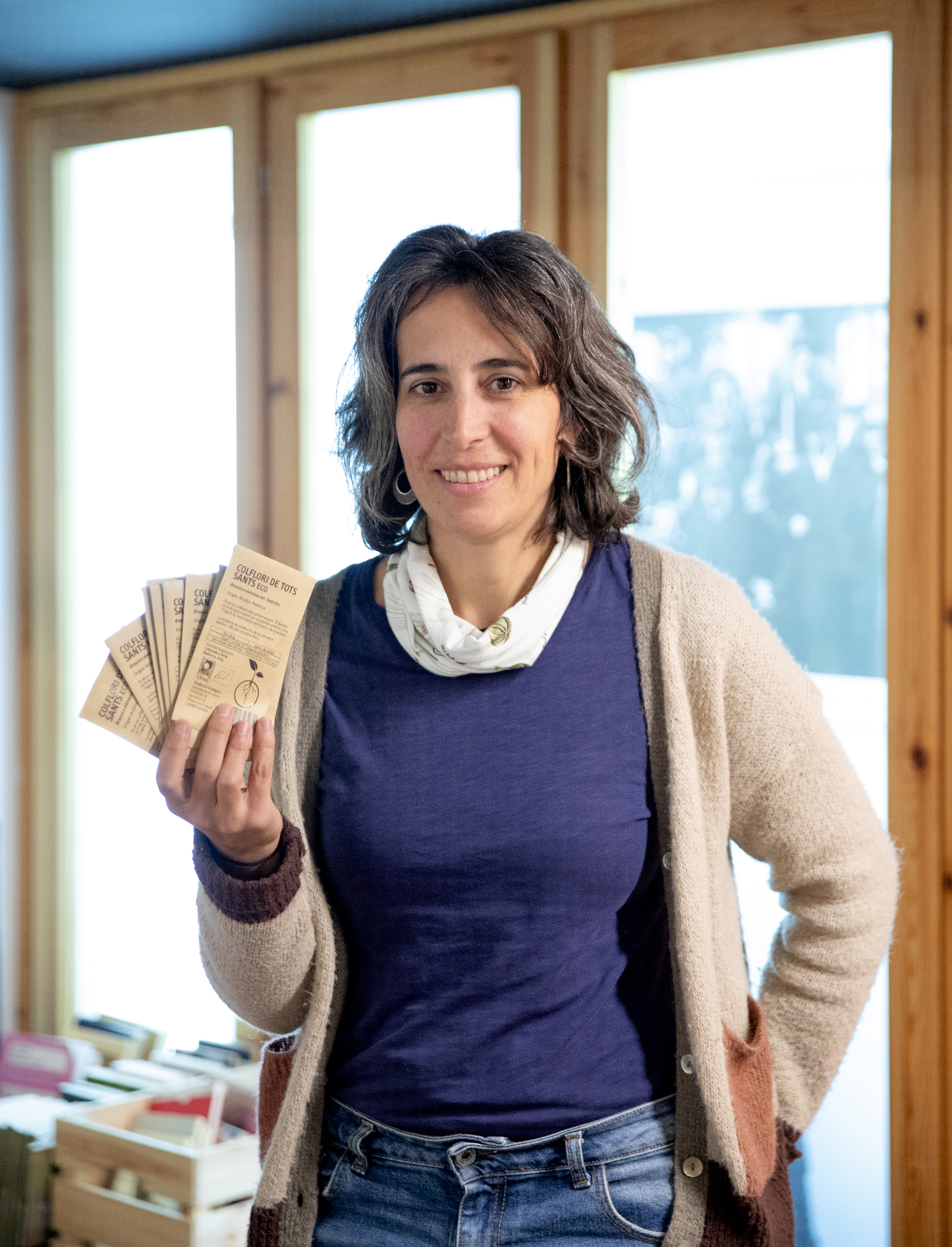

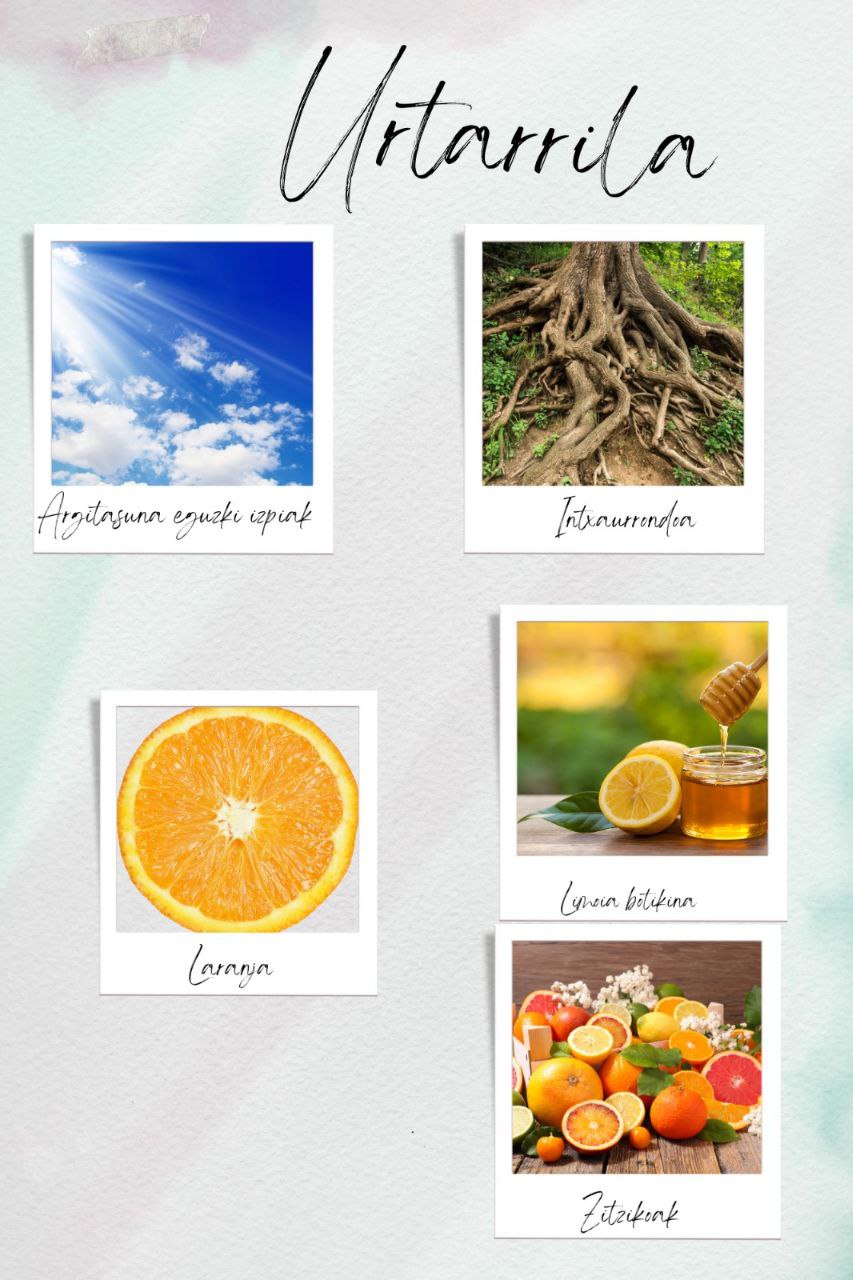

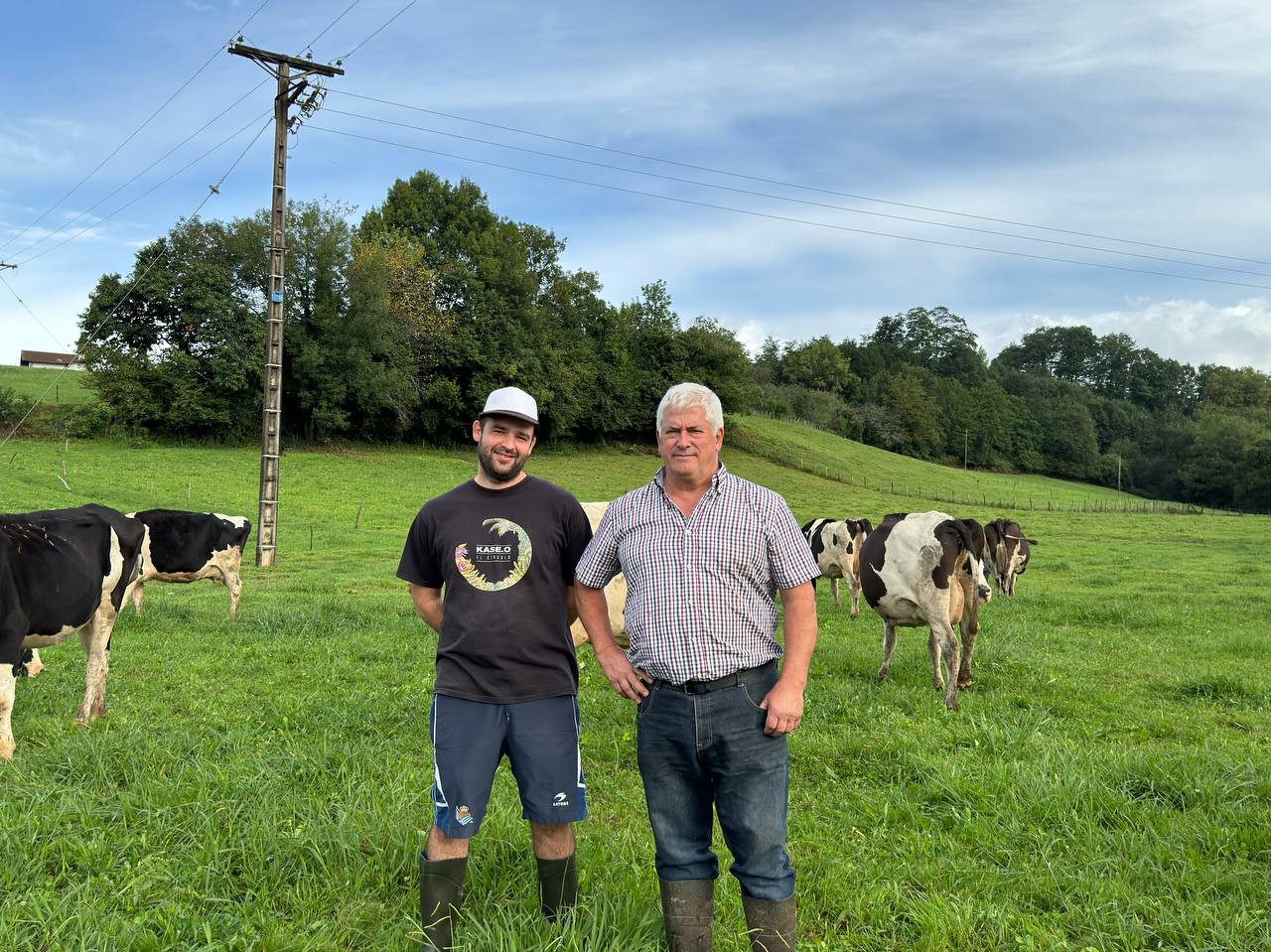
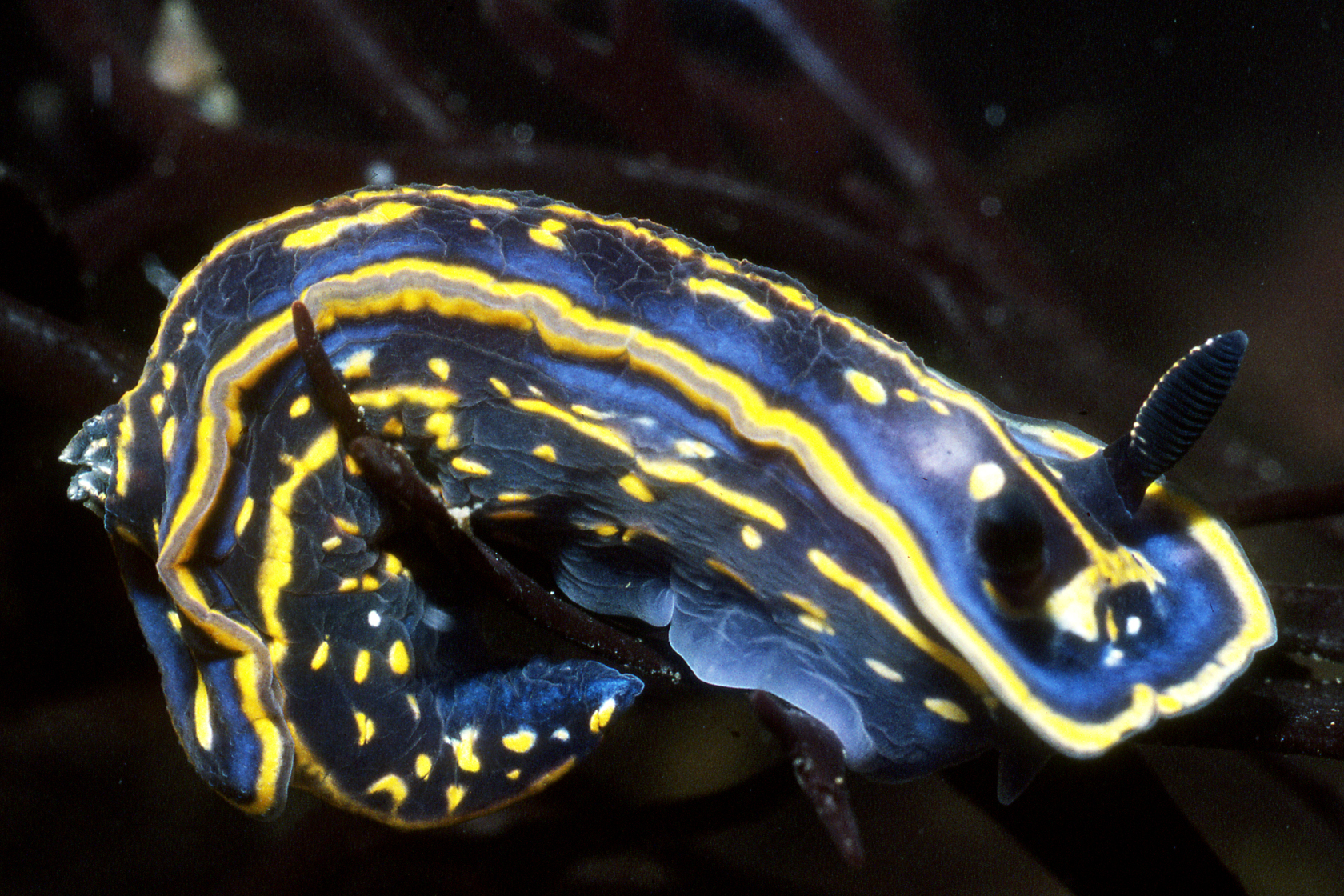
-(1).jpg)
